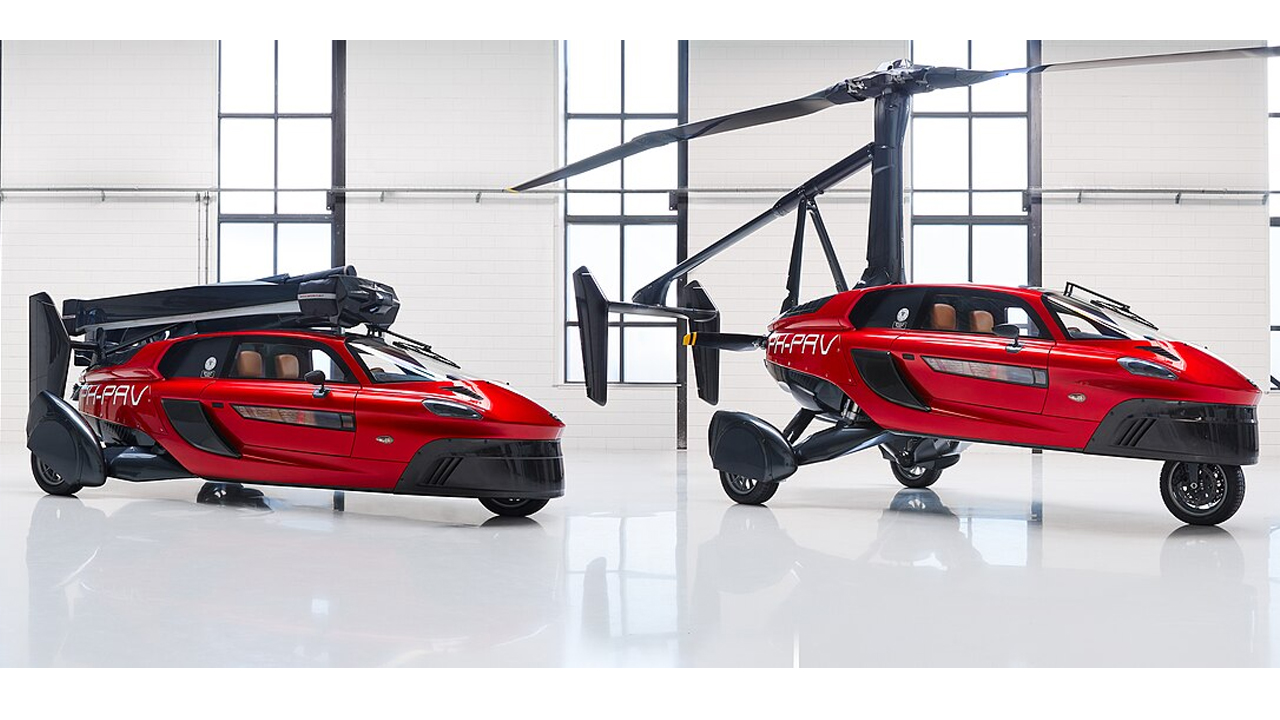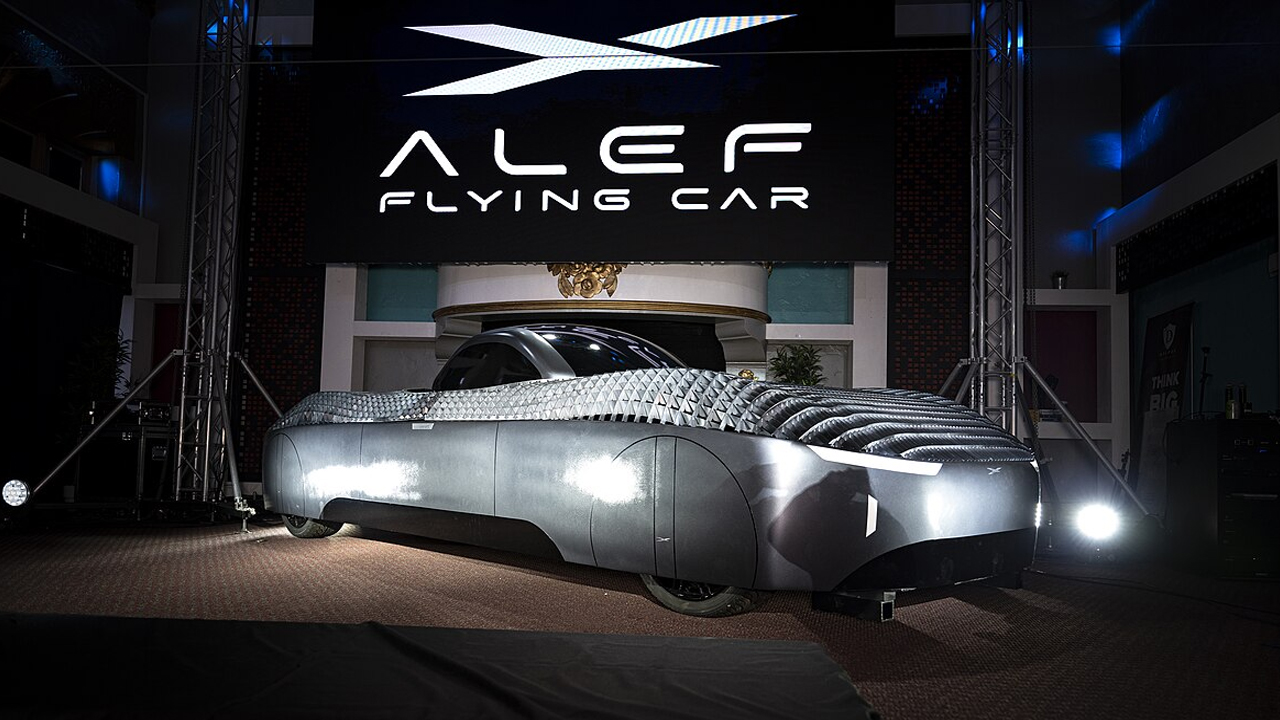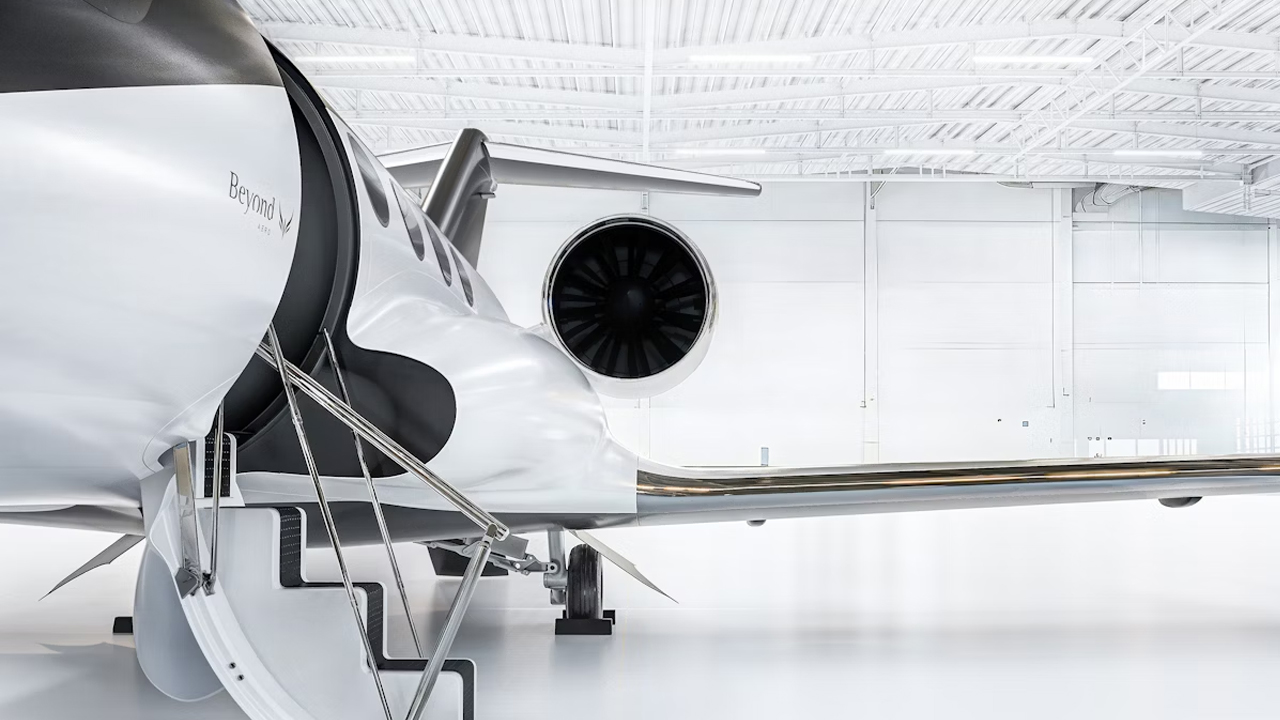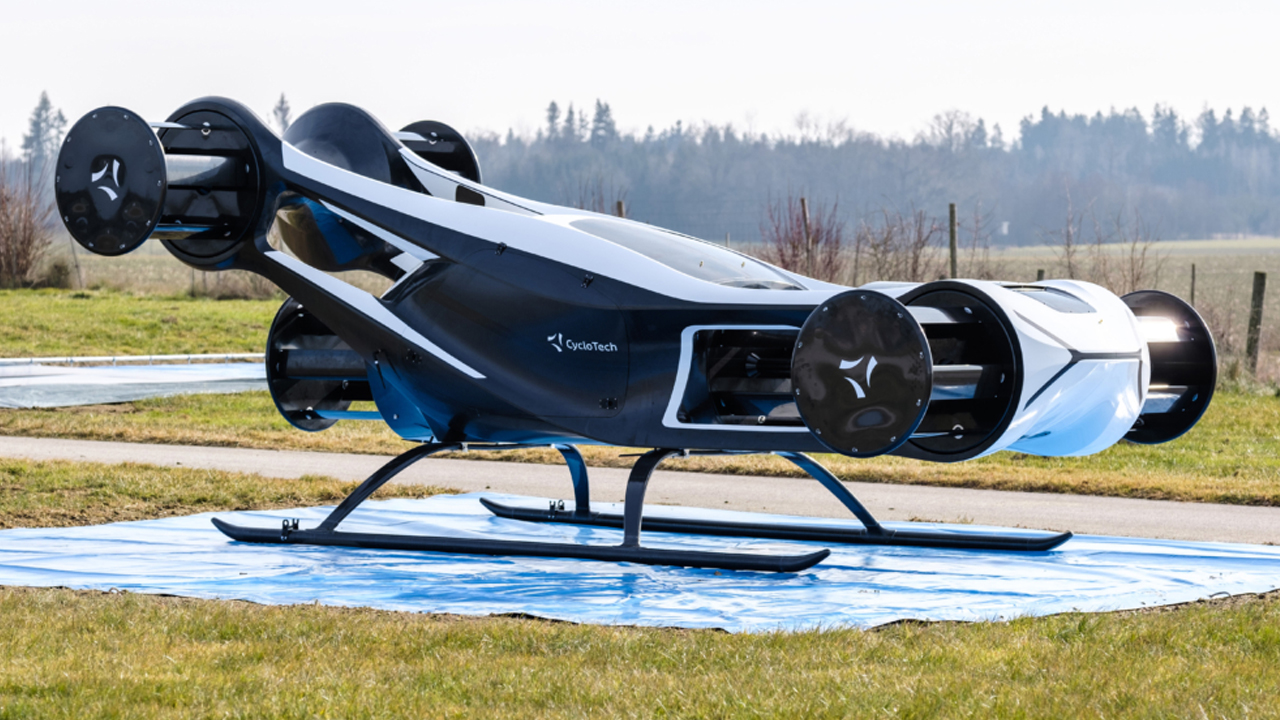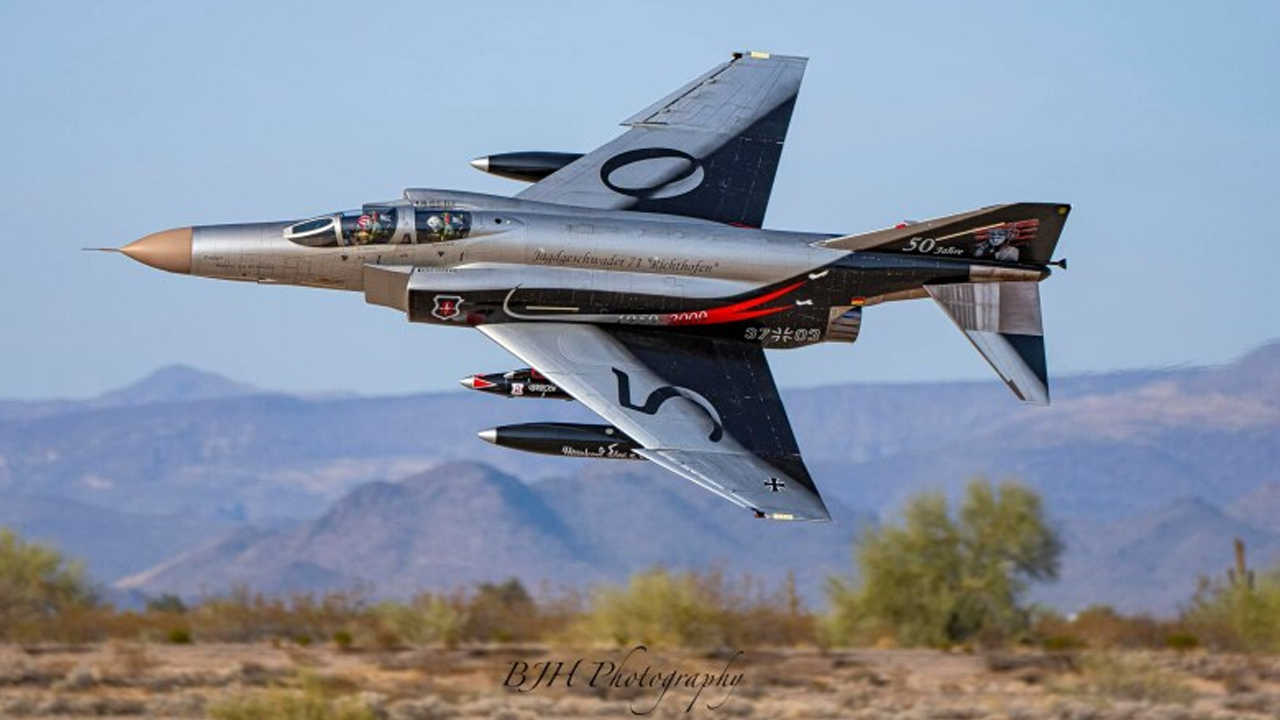The PAL-V Liberty isn’t some far-off concept or futuristic fantasy—it’s a street-legal flying vehicle that’s actually hitting roads in Europe. After years of development, it’s cleared key certification hurdles and is now setting its sights on the skies. The idea of skipping traffic and lifting off the ground in a matter of minutes is no longer reserved for sci-fi movies. This thing is real, it drives, it flies, and it’s officially on the market.
Road-Ready and Flight-Capable
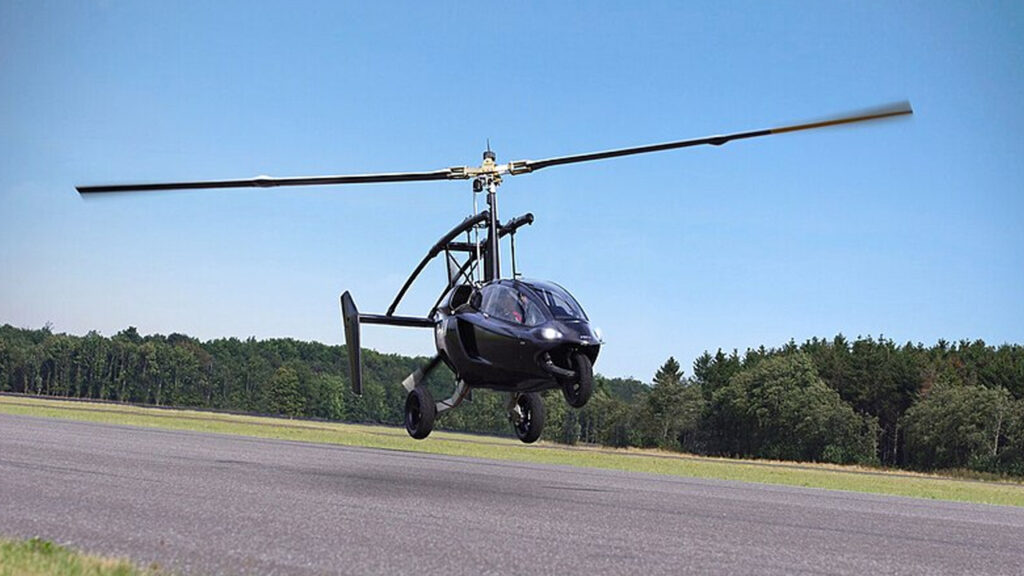
The PAL-V Liberty is designed to operate both as a car and a gyroplane. On the road, it can reach speeds up to 160 km/h (about 100 mph) and accelerates from 0 to 100 km/h in under nine seconds. In the air, it achieves a maximum speed of 180 km/h (112 mph) and has a range of 400–500 km (249–310 miles), depending on conditions and payload. The vehicle requires a take-off roll of 180 meters and a landing roll of just 30 meters, making it versatile for various environments (Source: PAL-V).
The Liberty’s design includes two Rotax 912 iS engines, providing 200 horsepower for flight. Its gyroplane configuration ensures stability and safety, as the unpowered rotor system allows for controlled descent and landing even in engine-out scenarios. The transition between driving and flying modes takes a few minutes, involving the unfolding of the rotor mast and tail section (Source: Airport Technology).
Certification and Legal Status
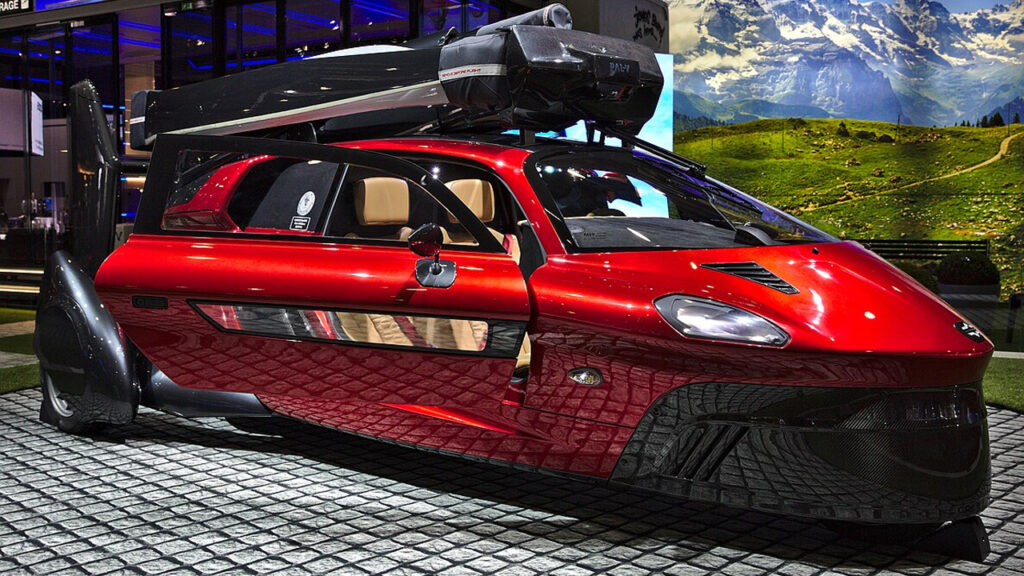
In 2020, the PAL-V Liberty received European road certification, allowing it to be driven on public roads. This milestone was achieved after rigorous testing, including high-speed driving, braking, emissions, and noise assessments. The vehicle successfully passed its first Periodic Technical Inspection (PTI) in 2024, reaffirming its compliance with road safety standards (Source: PAL-V Press Release).
While the Liberty is street-legal, it is still undergoing the final stages of air certification with the European Union Aviation Safety Agency (EASA). The process involves extensive testing and documentation to meet aviation standards. Once certified, the Liberty will be fully authorized for flight operations, expanding its utility beyond road travel (Source: PAL-V Press Release).
Design and Materials
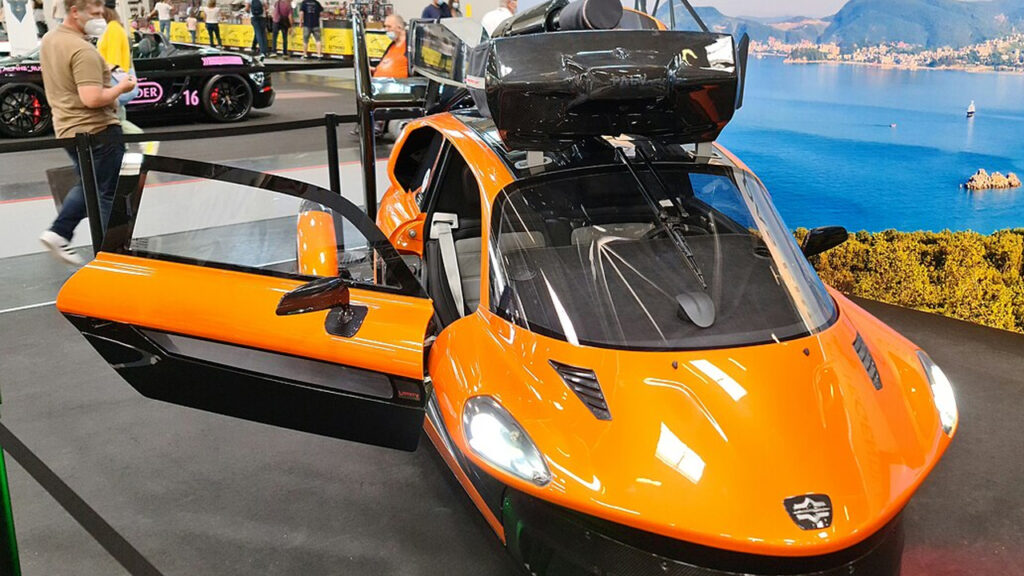
The PAL-V Liberty’s construction utilizes advanced materials to ensure performance and safety. The rotor blades are made from TORAYCA® carbon fiber composites, providing strength and lightweight characteristics essential for flight. The body panels and fuel tank incorporate a combination of carbon and aramid fibers, contributing to the vehicle’s structural integrity and crashworthiness (Source: Toray Composite Materials America).
Inside, the Liberty offers a full leather interior and high-end finishes, blending comfort with functionality. The cockpit is designed for ease of use in both driving and flying modes, featuring intuitive controls and instrumentation. The vehicle’s compact dimensions and folding components facilitate storage and maneuverability, both on the ground and in the air (Source: PAL-V).
Market Availability and Pricing
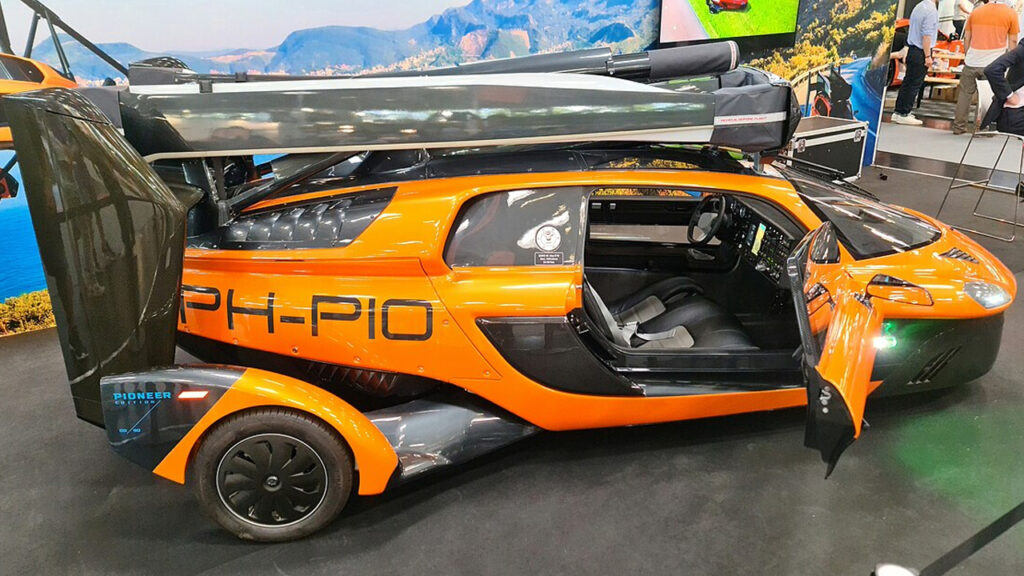
The PAL-V Liberty is available in two editions: the Sport and the Pioneer. The Sport edition serves as the base model, while the Pioneer edition offers additional features and customization options. Pricing for the Liberty starts at €299,000 for the Sport edition and €499,000 for the Pioneer edition, excluding taxes (Source: PAL-V).
PAL-V has limited the production of the Pioneer edition to 90 units, targeting early adopters and aviation fans. The company is accepting pre-orders and has established showrooms in the Netherlands, Germany, and the United Kingdom to showcase the Liberty and provide information to prospective customers (Source: PAL-V).
Training and Licensing
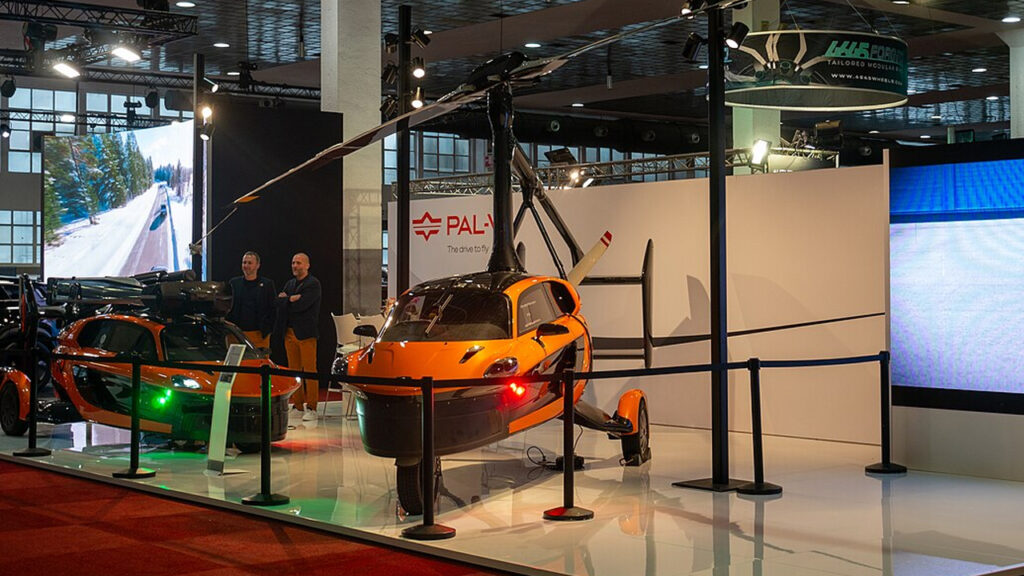
Operating the PAL-V Liberty requires appropriate licensing for both driving and flying. Drivers must hold a standard driver’s license, while pilots need a gyroplane license, which involves theoretical and practical training. PAL-V offers a FlyDrive Academy to assist customers in obtaining the necessary certifications, ensuring they are prepared to operate the Liberty safely in both environments (Source: PAL-V Press Release).
The company reports that a significant portion of its customers are new to aviation, highlighting the importance of accessible training programs. By providing comprehensive instruction, PAL-V aims to make the transition from driver to pilot as smooth as possible, expanding the appeal of the Liberty to a broader audience (Source: PAL-V Press Release).


